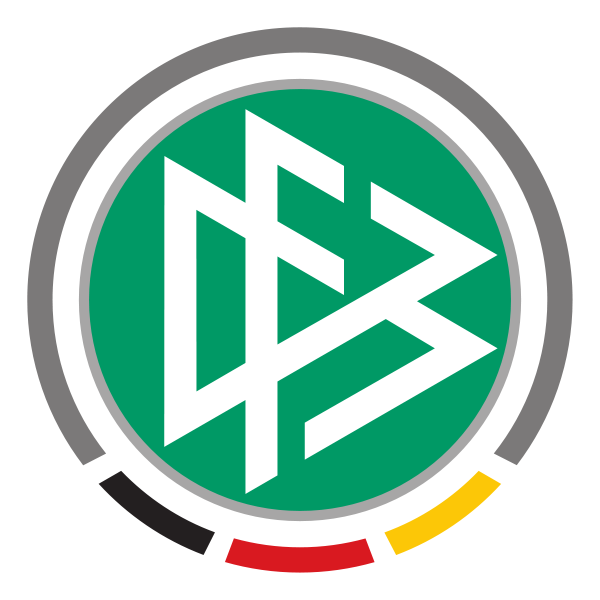
Modus :: DFB-Pokal der Männer :: DFB-Wettbewerbe Männer :: Ligen & Wettbewerbe :: DFB - Deutscher Fußball-Bund e.V.

Replica The DFB Pokal Champions Medal The Bundesliga Champions medal Gold Metal Medal Replica Fans collections Souvenirs|Sports Souvenirs| - AliExpress

Bundesliga, DFB-Pokal, Champions League: Diese TV-Highlights erwarten Fußballfans nach der Winterpause - SWYRL, Entertainment-Themen, die dich begeistern.

2020 The Dfb-pokal Champions Medal The Bundesliga Champions Medal Gold Metal League Medal Replica For Champion - Souvenirs - AliExpress

Spieltag :: DFB-Pokal der Männer :: DFB-Wettbewerbe Männer :: Ligen & Wettbewerbe :: DFB - Deutscher Fußball-Bund e.V.

Bestätigt nach DFB-Pokal-Halbfinale: Platz sieben in der Bundesliga reicht für Europa - Sportbuzzer.de

DFB-Pokal-Viertelfinale: BVB-Bezwinger St. Pauli trifft auf Union – Nur ein Bundesliga-Duell - Sportbuzzer.de














